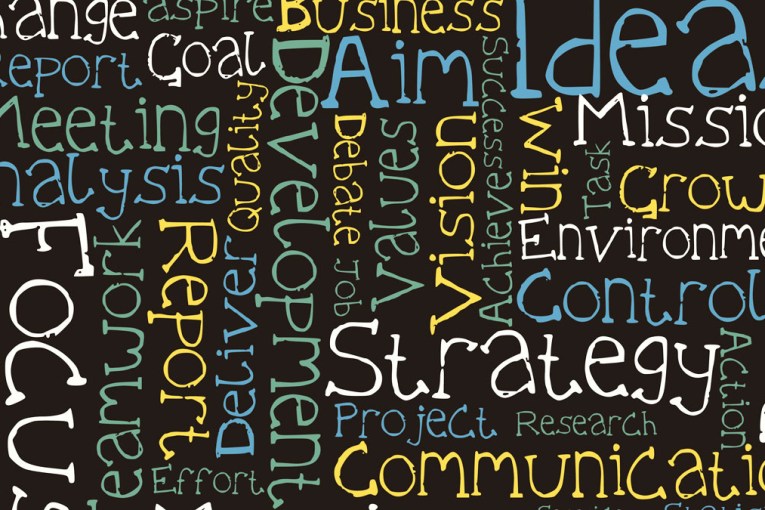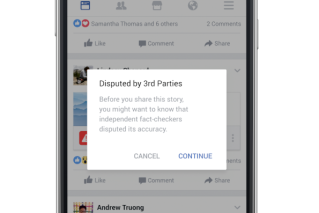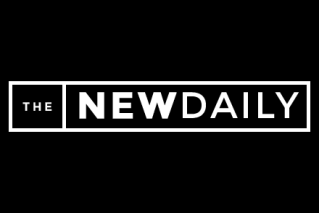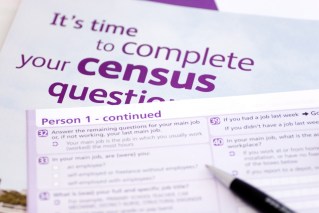Is it time to switch your mortgage to a fixed rate?
Interest rates are currently at historical lows, but many economists expect the Reserve Bank to lift the cost of borrowing later this year as inflation starts to gather pace.
With that in mind, should home-owners move to fix their mortgages as a precaution against the possibility the central bank will raise the official cash rate from its relatively modest level of 2.5 per cent?
Phil Naylor, CEO of the Mortgage and Finance Association of Australia, says we are a nation of gamblers when it comes to home loans.
About 85 per cent of us prefer the fluctuation of variable rates, a much higher ratio than in similar economies in New Zealand and the US, he explains.
But fixed rates are growing in popularity. Ever since exit fees were banned from variable home loans in July 2011, lenders have been offering more competitive fixed rates to lure borrowers.
Choosing a fixed rate is essentially a bet that the Reserve Bank will raise the official interest rate.
An AAP survey of 13 economists conducted last week found unanimously that interest rates would remain on hold in the first half of 2014. Six of the economists forecast the central bank would tighten monetary policy by year-end. Four predicted no change, while just three believed the RBA would cut interest rates further
As with all borrowing decisions, your loan needs to be tailored to your own unique circumstances and financial goals. To help you make an informed decision, The New Daily has collated some basic pros and cons of fixed rates.

Choosing the right mortgage can save you cash. Source: ShutterStock
✔ Certainty
The main benefit of a fixed rate is certainty. Most fixed rates are locked in for between one and five years. For that term, your repayments will be static, allowing you to budget with more confidence.
These rates are the better option if you really want certainty for the next couple of years.
“That often happens for people who are on very tight budgets and don’t want any shocks to the system,” Mr Naylor said.
✖ You could suffer if rates drop
You won’t benefit if interest rates stay steady or fall. This is because you’re sacrificing the flexibility of a variable loan for the certainty of a fixed rate.
Mark Hewitt, general manger of sales and operations at AFG Home Loans, warns that borrowers are essentially betting on the likelihood the Reserve Bank will raise rates within a few years when they take out a fixed loan.
“You might be right and you might be wrong,” he said.
✔ Fixed rates are currently very low
Craig James, chief economist at CommSec, says borrowers can find fixed rates well below the variable rate.
“A discounted variable rate is around 5.10 per cent and standard variable rate around 5.95 per cent,” he said.
“By comparison, a three year fixed rate is around 5.25 per cent and 5 year rate around 5.85 per cent.”
If you can find a fixed rate that is 0.8 per cent lower, then on a $300,000 loan you would save $200 in interest each month, according to Mr Hewitt.
✔ Small lenders are offering even better deals
Savvy borrowers should shop around, as many fixed rates are lower, with more attractive features, at the smaller firms.
Michelle Hutchison, resident money expert at Finder, advises home-buyers compare the big banks against the small lenders.
“Smaller lenders often have more attractive rates,” she said.
✔ It (might be) good timing…
Getting in early might snare you a lower rate.
“Generally, by the time the Reserve Bank lifts the cash rate, the fixed rates won’t be as low as what you would get beforehand,” Ms Hutchison said.
“Most people generally miss the boat on the really low point of the fixed rate cycle.”
✖ …but it’s difficult to predict the economy
Attempting to guess the movements of interest rates “is fraught with difficulties”, Mr James advised.
A one-year fixed rate might be easier to predict, but what about a five-year term? It’s hard to look that far ahead.
“There are still some economists saying there’s potential for interest rates to fall, and it’s one of those things that you don’t really know,” Mr Naylor said. “With unemployment in Australia starting to move up a little bit, that would support the view that interest rates might fall further.”
✖ Exit fees
While exit fees were banished from variable rate loans, they persist for many fixed rates.
This means you can be slugged if you sell your house or refinance with another lender during the fixed term.
“If you did that very early on in the contract it would be a large amount of money,” Mr Naylor said.
“If you did it towards the end, you could probably justify it.”
✖ No extra repayments
Many fixed rates don’t allow you to drive down the principal of your loan with higher repayments or in lump sums.
“Most [variable mortgages] allow you to make extra payments without penalties,” said Mr Hewitt.
“When rates are low, like now, borrowers who budget wisely can really make some inroads into their debt and pay off their loan quicker.”
✖ No redraw facility
Even if a fixed rate loan allows additional repayments, it might not let you redraw that money if you need it.
“So you might not be able to touch that money once it goes in,” said Ms Hutchison.
✔ Flexible fixed rates
Some small lenders are also offering fixed rates with more flexible options – such as redraw facilities and lump sum repayments.
The downside is that they probably have higher rates, so they might not be worth it.
✔ Split loans
A split loan can be a way to get the best of both worlds.
For example, if you have a home loan and decided to split it equally between the fixed and variable rates, the repayments on one half would be exposed to the ups and downs of the rate cycle, while payments on the other half would be fixed.
“In borrowing terms, it’s an each way bet. How you split it is up to you,” said Mr Hewitt.
“The benefits of a split loan is that you can take advantage of rate drops, while still having some protection against rate hikes.”

Fixed rates provide certainty, but less flexibility. Source: ShutterStock
FIXED RATE
Pros
✓ You can forecast your budget with certainty.
✓ Your pain threshold may be reduced if your circumstances change (For example, if you have children, switch jobs, or your children move into high school).
✓ You may save if you can lock into a low fixed rate ahead of any variable rises.
Cons
✗ If interest rates dip below your fixed rate, you could end up paying more than is necessary.
✗ Restrictions on additional repayments.
✗ Possible high break fees if you want to escape your loan during the fixed term.
✗ Most fixed loans don’t have added features, such as an offset account.
Variable rate
Pros
✓ If interest rates drop, you reap the rewards.
✓ You have the flexibility to make additional payments to get your loan paid off faster.
✓ Many of the key discounts you receive on a variable rate are not available on fixed rates.
✓ You can take advantage of the benefits of an offset account.
Cons
✗ You may find it hard to meet your mortgage payments if the variable rate increases beyond your expectations and budget.
✗ You may need to have a financial “buffer zone” so you can meet your repayments if rates rise.
✗ Your lifestyle may be impacted if inflation pushes rates up.
Source: AFG Home Loans.








